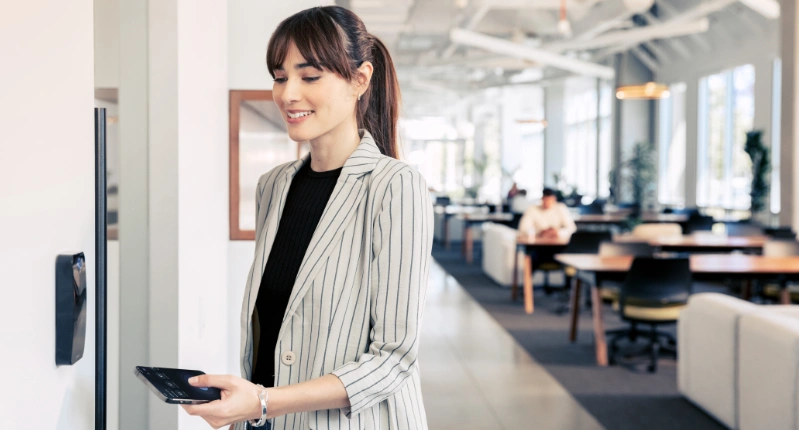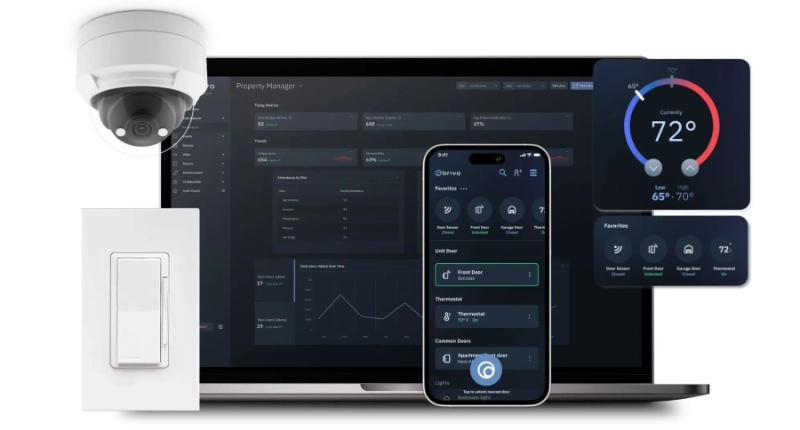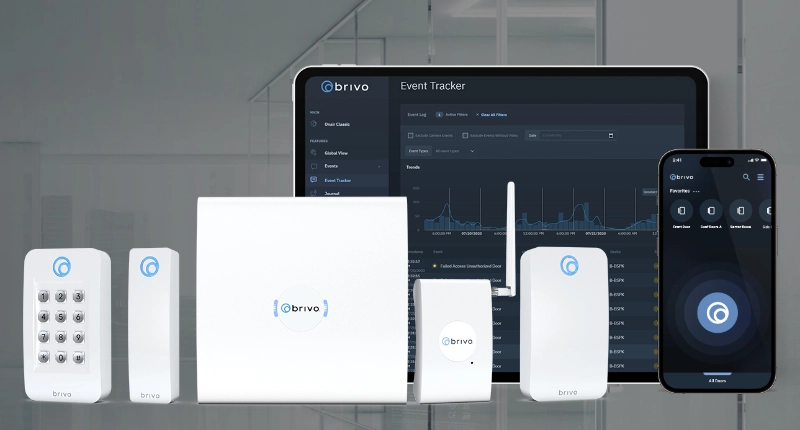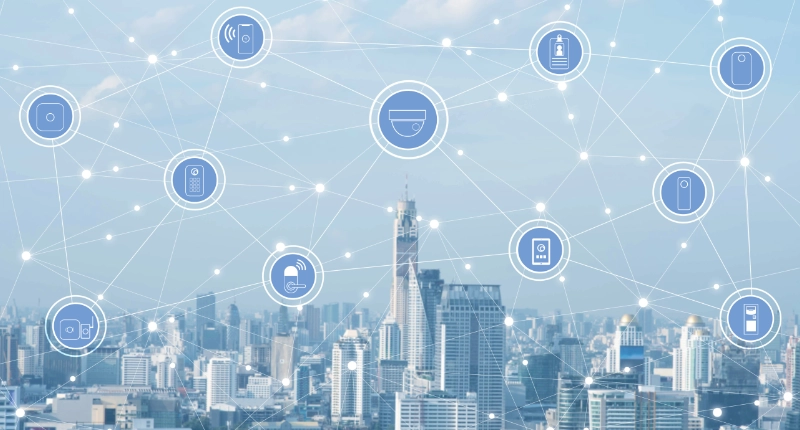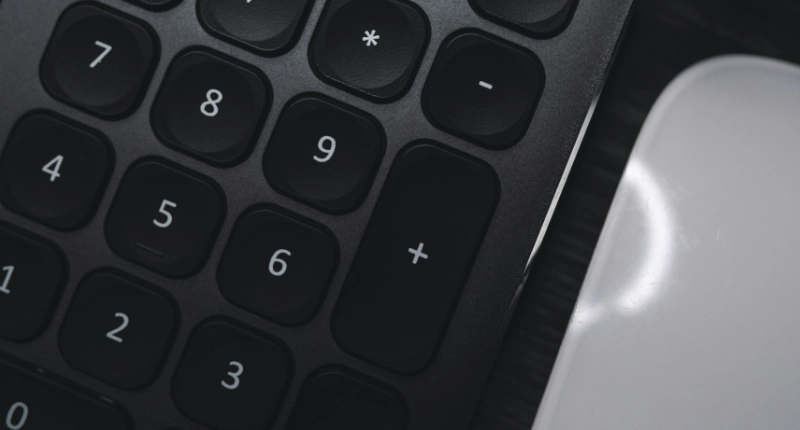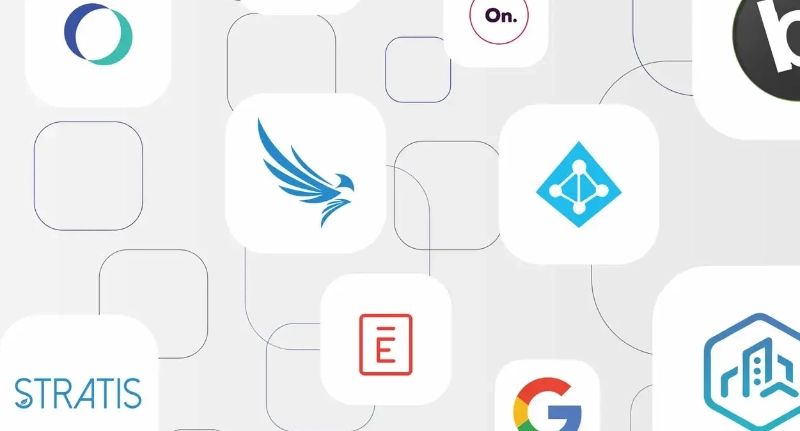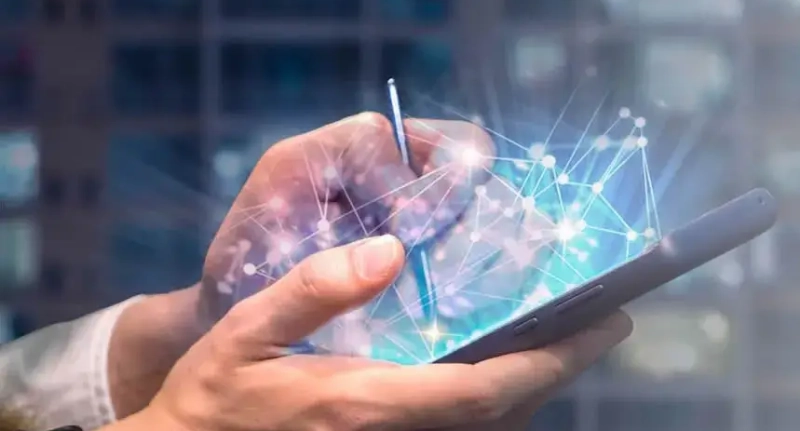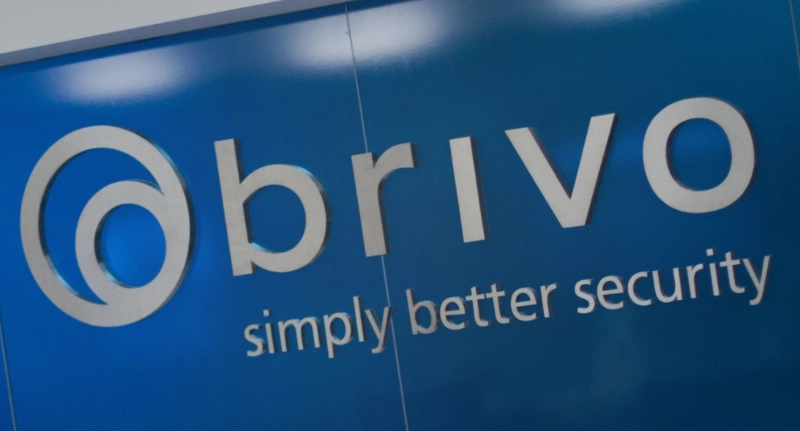Unusual activity is often a precursor to a physical security breach or event. In a post-pandemic world, not only do we have to change our typical behaviors and routines, but we are being forced to broaden what is defined as ‘unusual activity’. New habits don’t stop at social gatherings. We need to redefine workplace safety habits to keep your employees and visitors safe.
As Jeff Nielsen, CTO of Brivo says, “we should be thinking about security as the intersection of humans and technology. While there’s no perfect solution, we should be asking ourselves how we can use security to do the right thing and protect against those who don’t want to.” How can you maximize your security platform to help manage and enforce your new physical security protocols?
Identifying New Traffic Patterns
The rules of the road exist in order to help prevent collisions and ease the flow of traffic. Congestion often leads to accidents, and these same concepts now apply to our new reality. In retail stores, we see directional arrows, encouraging shoppers to move in the flow of the arrows. The idea is to keep individuals flowing in one direction while social distancing, to help minimize close contact and spread of COVID-19.
Like arrow signs, the right cloud security platform can help enforce patterns even when no one is looking. For example, you may want to consider “Enter Only” and “Exit Only” doors at your enterprise. That way, credentialized users are not crossing closely in hallways and door frames, encouraging a single flow of traffic. Maybe activity throughout the day for those doors are minimal, so restrictions are set only during ‘peak hours’, like the beginning and end of the work day.
Use customizable data reports to identify areas of heavy traffic, and make policy changes where you see fit. For instance, if you have multiple doors, create new practices in which employees are advised to only enter using the door closest to their workstation — use your security platform to reinforce that behavior by credentialing individual users to only the doors they should be using.
Brivo Onair allows you to customize those controls by location(s), door, time of day and even by individual user.
Crowd Control
If you haven’t experienced it yet, most likely you’ve seen it; a line of people outside a store, waiting for store personnel to count the number of shoppers who have left, so they can let that same number in. Limiting the number of people in a given space has become standard almost everywhere. With the right security software, you could automatically limit the number of individuals in any given space in your office.
With Brivo Onair, you are able to put limits on the number of credentialed users who have access to any given space. You can cap the cafe area at 10 people, or revoke that user’s access to that particular room given their job function. You can set limitations based on time of day and door, all from one centralized location. Conveniently, if you’re using a mobile tool, those permissions can be easily updated at the fingertips of your security administrator from anywhere.
Let Video Surveillance Be Where You Can’t
Unusual activity/behaviors go beyond just access control, which is why beefing up your system with video surveillance will be key in transforming your security and safety culture successfully. Use video surveillance coupled with your security platform to give you insights that the swipe of a badge or mobile credentials can’t.
Video surveillance will be key in viewing footage in real time or in the past, to identify when employees and guests are following your new safety requirements. You can gauge if people are adhering to the recommended six-foot social distancing guidelines, or if people are wearing their masks should that be a newly added office policy.
Our ideas of unusual and unsafe activity are changing, and your security platform should be able to adapt by identifying behaviors that potentially affect employee health. Learn more about how Brivo can support the health and safety of those in your office.


